:max_bytes(150000):strip_icc()/HowtoProperlySharpenaSerratedKnife-b7c304ea7ac14e35886ad75c46737f4c.jpg)
How to Sharpen a Serrated Knife
Whilst sharpening serrated knives can be tiresome, the great information is that you only need to have to sharpen them when needed. Unlike a straight-edge knife, most of the blade of a serrated knife is only in make contact with with the foodstuff you’re reducing, not the slicing board. This means it dulls more little by little and necessitates significantly less sharpening in most occasions.
When to Sharpen Your Serrated Knives
According to John Somerall, Foodstuff & Wine’s Editorial Undertaking Manager of Meals Analysis and Screening, a classically trained chef, knife sharpener, and recipe tester, it could possibly get lengthier to detect that your serrated knives want sharpening due to the fact they tear through meals. That claimed, they should continue to do so somewhat cleanly and rapidly. “If you observe blunt serrations or trouble when chopping bread, it is time to examine your edge and take into consideration if sharpening is essential,” he states.
Spend attention when chopping bread to establish the sharpness of your serrated knife. If your cut leaves a good deal of crumbs at the rear of, it is very likely time to sharpen.
Devices You are going to Will need
Sharpening rod
A whetstone isn’t the response for sharpening a serrated knife, nor are electric powered or manual sharpeners except if the producer states that as a person of the configurations accessible. For this task, you will require a ceramic or metal sharpening rod, which is passed by way of just about every of your knife’s serrations. We advise the budget-friendly Kota Japan Diamond Carbon Sharpener Rod for precise sharpening. It can be quick to use and light-weight, and it will past through arduous sharpening.
Amazon
How to Sharpen a Serrated Knife
- Ascertain which aspect of your knife is the beveled side. Although you could not know this at to start with look, your knife really should have flat and beveled sides. On 1 aspect, the blade is at the very same angle all the way to the blade’s edge. On the reverse aspect, the blade angles down just in advance of the serrated edge. This is the beveled side, and it is the side you are going to sharpen.
- Operate the sharpening rod through each and every gullet carefully in several short strokes. Thrust absent from the blade’s edge, toward the spine, and only to the point where by the rod is the identical diameter as the gullet — the house involving the tooth tip and the internal surface area of the blade — in order to stay away from enlarging it.
- Repeat till you have sharpened all the gullets. This is a painstaking process, and there is no shortcut. For this motive, even individuals comfortable with sharpening their knives at home opt for to acquire their serrated knives to a expert sharpening service, but have no dread! Endurance perseveres and creates a fantastic consequence that endures many employs.
- While you’re operating absent at the gullets, you may possibly notice that burrs gather on the reverse side of the knife. Take away these metallic parts by functioning the flat end of the blade together a whetstone.
- Your knife will have a clear, sharp edge.
Our Know-how
Christa Glennie has been a freelance author and food editor for almost 20 many years. She is also the writer of two cookbooks and specializes in foodstuff and drink traits, agriculture, the regional foodways of Western New York, and the cafe business enterprise. Her regard for simplicity and uncluttered counters in the kitchen area finally fuels a need to locate and individual well-created, multi-objective, finest-in-class kitchen tools. For this piece, she spoke with John Somerall, a chef, recipe tester, and knife pro.
